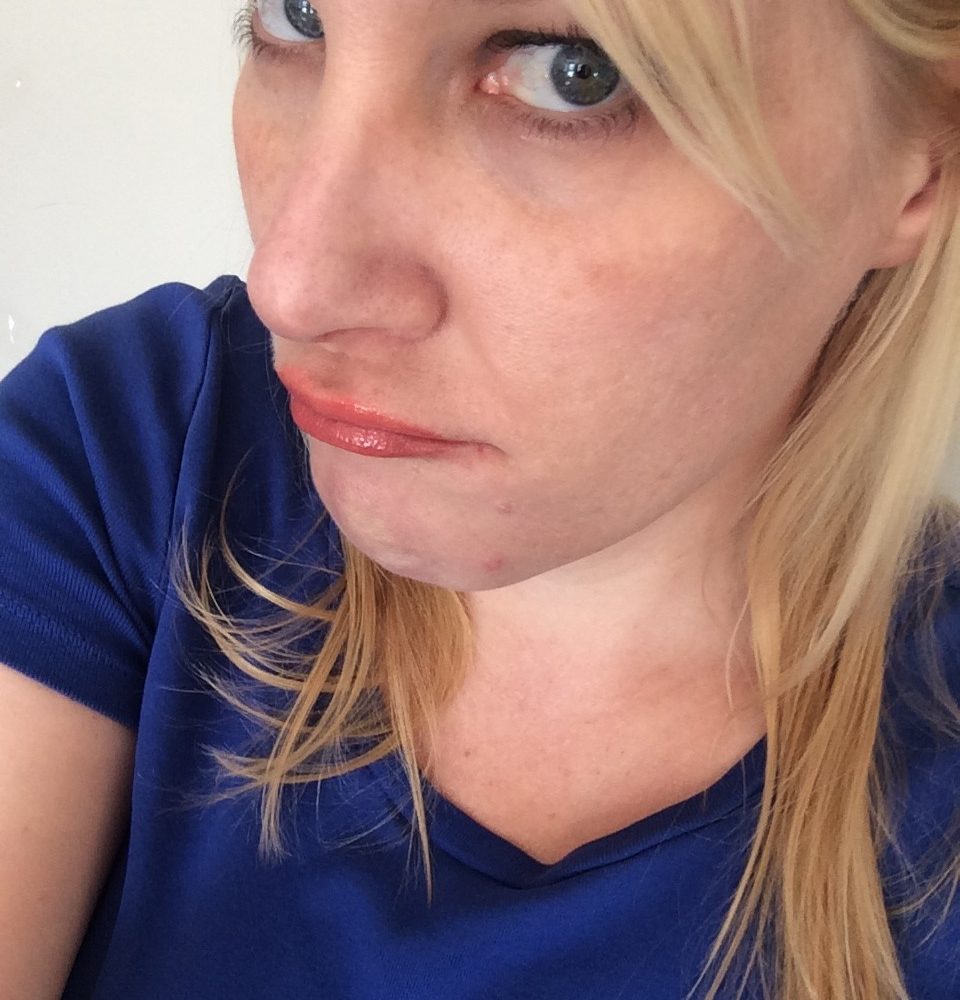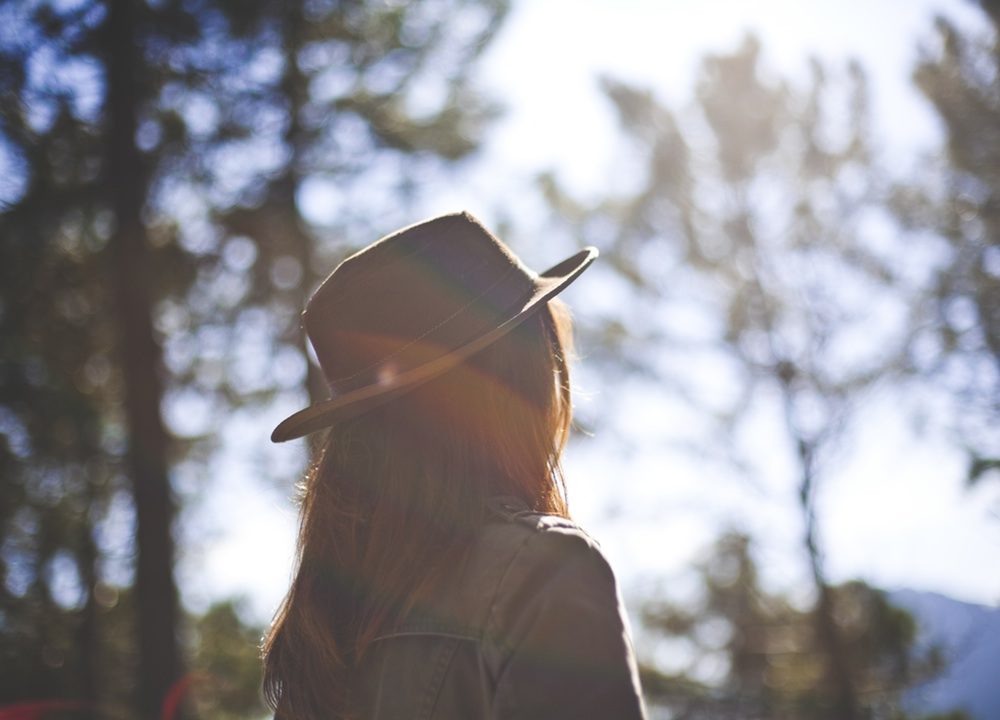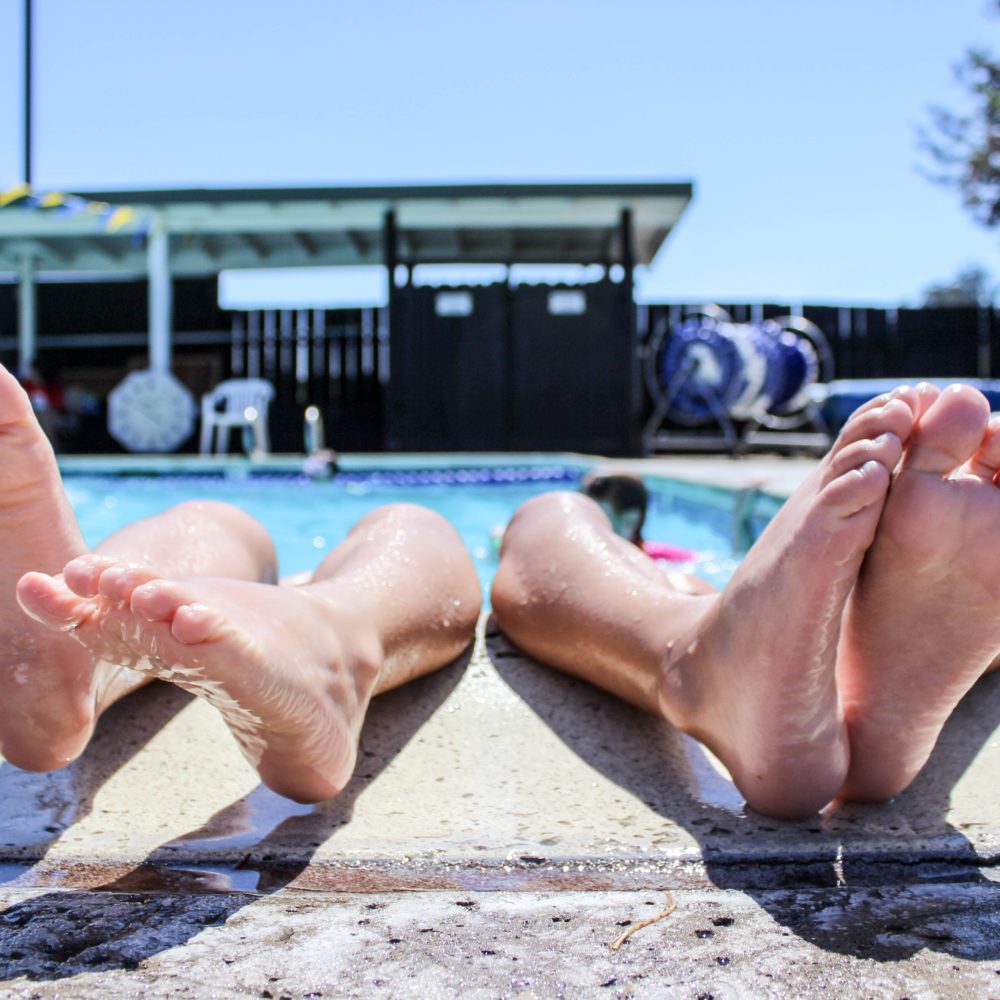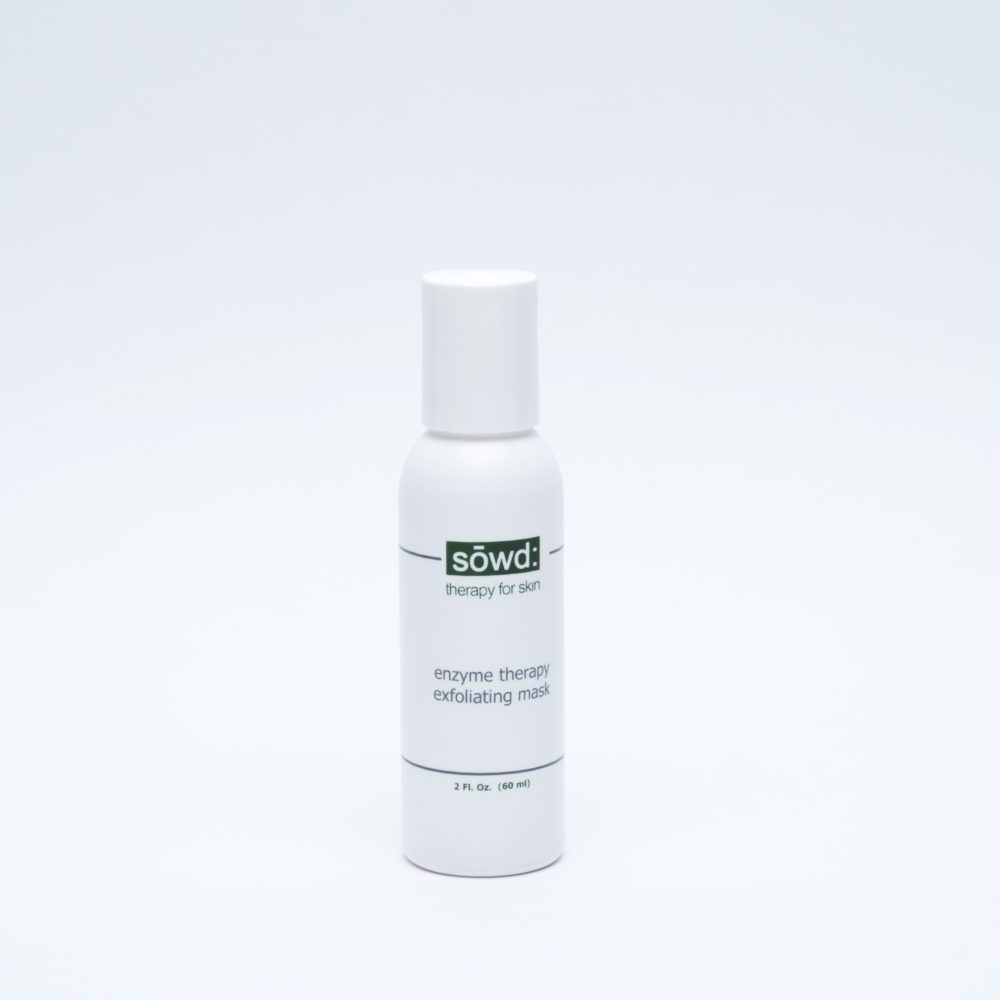“Adult acne” or acne, as I call it, is very frustrating!
We grow up thinking pimples are something that affect us as teenagers and we will eventually grow out of it when we become adults. This is often not the case, especially for women.
Hormone fluctuations brought on by stress or our monthly cycle can bring on a breakout like I’ve illustrated in the “selfie” above! I have access to amazing products and am vigilant about doing everything “right” yet once in awhile, the left side of my chin still gets the best of me.
What can we do about it?
Regular Cleansing Facials are the first step. Schedule them the week before you normally experience a hormonal breakout. The timing different for everyone, sometimes it the week before your cycle, sometimes it’s the week of your cycle. Pay attention and book a preemptive session with your esthetician to get your pores cleaned and possibly a glycolic peel to combat excess bacteria.
Minimize your stress level. Figure out what you need to do to relax on a regular basis: take a yoga class, go for a walk, meditate, sit with a cup of tea and a good book. These activities help to lower your cortisol levels which in turn lower your stress hormones and will decrease you chances of having a stress related break out.
Relax, it’s good for your skin!




























